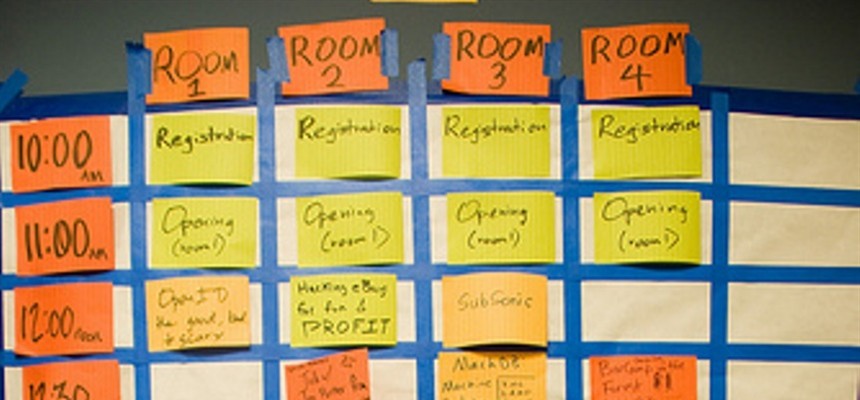
Instead of a topic titled “Continuing Our Strategic Planning,” try changing it to what exactly will be worked on in the meeting such as, “What is the key market threat we need to be aware of, how could it affect us, and what can we do about it?”.Instead of a topic titled “Leader Succession,” try changing it to “Where are we vulnerable from a leadership turnover perspective and how might we address these vulnerabilities?”.Instead of a topic titled, “Customer Process Improvement,” consider a question like, “What are the key ways of improving overall response time to customers by 25%?”.Instead of a topic titled “Budget Problems,” consider a question such as, “How will we reduce our spending by 100K by the end of the fiscal year”?.Instead of designing your agenda as a laundry list of topics to be broached, consider creating your agenda as a set of questions to be addressed. In its simplest form, the meeting exists to answer a set of compelling questions in an allotted time. Here are some examples of what this could look like: What matters is not the agenda itself but the relevance and importance of what’s on it, and how the leader facilitates discussion of the agenda items.

Research has actually found little to no relationship between the presence of an agenda and attendees’ evaluation of meeting quality.

Managers are often led to believe that having a written plan is the key for an engaging and successful meeting. Read any book on running effective meetings and, chances are, one of the first recommendations is going to be to set an agenda.


 0 kommentar(er)
0 kommentar(er)
